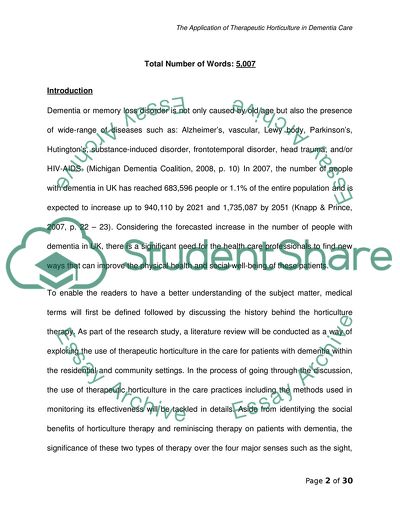Cite this document
(Dementia or Memory Loss Disorder: a Way of Exploring the Use of Research Paper, n.d.)
Dementia or Memory Loss Disorder: a Way of Exploring the Use of Research Paper. Retrieved from https://studentshare.org/health-sciences-medicine/1721680-explore-the-use-of-therapeutic-horticulture-in-dementia-care-its-use-in-practice-and-the-methods-of-monitoring-its-effectiveness
Dementia or Memory Loss Disorder: a Way of Exploring the Use of Research Paper. Retrieved from https://studentshare.org/health-sciences-medicine/1721680-explore-the-use-of-therapeutic-horticulture-in-dementia-care-its-use-in-practice-and-the-methods-of-monitoring-its-effectiveness
(Dementia or Memory Loss Disorder: A Way of Exploring the Use of Research Paper)
Dementia or Memory Loss Disorder: A Way of Exploring the Use of Research Paper. https://studentshare.org/health-sciences-medicine/1721680-explore-the-use-of-therapeutic-horticulture-in-dementia-care-its-use-in-practice-and-the-methods-of-monitoring-its-effectiveness.
Dementia or Memory Loss Disorder: A Way of Exploring the Use of Research Paper. https://studentshare.org/health-sciences-medicine/1721680-explore-the-use-of-therapeutic-horticulture-in-dementia-care-its-use-in-practice-and-the-methods-of-monitoring-its-effectiveness.
“Dementia or Memory Loss Disorder: A Way of Exploring the Use of Research Paper”, n.d. https://studentshare.org/health-sciences-medicine/1721680-explore-the-use-of-therapeutic-horticulture-in-dementia-care-its-use-in-practice-and-the-methods-of-monitoring-its-effectiveness.


